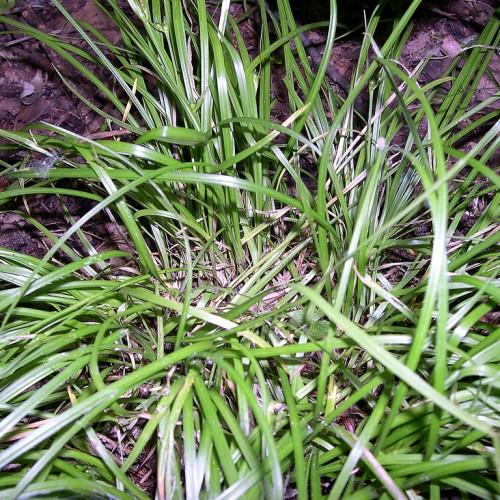
James' Sedge
Carex jamesii
Also Known As - Grass SedgeWatering:
Average
Hardiness Zone:
Flowers:
Flowers
Sun:
Sun
Soil:
Sand, Loam
Leaf:
Yes
Growth Rate:
Low
Drought Tolerant:
Yes
Salt Tolerant:
Yes
watering
Sun Sedge should be watered generously and consistently throughout the growing season for optimal growth. Water the soil until it is moist but not saturated, to a depth of 6 to 12 inches. If the area experiences a drought, water the plant more frequently to ensure the soil remains moist but not soggy. In general, Sun Sedge should be watered once or twice a week in spring and autumn and 2 to 3 times per week during summer months. During extreme heat, the plants may need to be watered more frequently.
sunlight
Sun Sedge (Carex inops subsp. heliophila) is a thermophilic sedge species that needs a significant amount of direct sunlight to thrive. It is best suited for areas with full sun for most of the day, and in the hottest and driest climates, at least 8 hours of direct sunlight is ideal. Direct sunlight late in the afternoon is also beneficial as it helps to drive away the cold nighttime air. If the temperatures become too hot, the plant may need a bit of shade. For best results, Sun Sedge should receive at least 6 hours of direct sunlight each day.
pruning
Sun Sedge (Carex inops subsp. heliophila) should be pruned in the spring and fall. Pruning should be done by cutting away dead or dying stems, along with any that extend beyond the desired shape of the plant. Pruning should be moderate, removing no more than a third of the total stem mass. This will help ensure that the plant is strong enough to provide a continuous supply of new growth, while maintaining the desired shape of the plant. Additionally, thinning out excess foliage should be done both in the spring and fall, as this will help improve air and light circulation into the interior of the plant.
